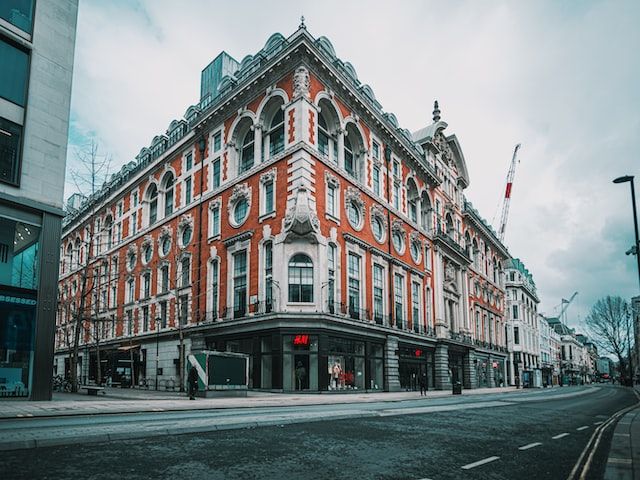Introduction

www.pexels.com Joe Ambrogio
Every single day people make decisions about where to live, where to invest, where to vacation and where to retire based on what communities look like. Consider tourism, for example. The more any community in Sweden, UK, Greece, Germany, Portugal or France comes to look just like every other community the less reason there is to visit. On the other hand, the more a community does to protect and enhance its uniqueness whether natural or architectural, the more people will want to live and visit. Community aesthetics is about places that are different, unusual, and unique. If everyplace was just like everyplace else, there would be no reason to have pride in our neighbourhoods and we do not have uniqueness.
Successful communities pay attention to aesthetics. Typically they control signs, they plant street trees, they protect scenic views and historic buildings, and they encourage new construction that fits in with the existing community.
Task

https://unsplash.com/@fkaregan
https://unsplash.com/@fkaregan?utm_source=unsplash&utm_medium=referral&utm_content=creditCopyText
In your neighbourhood there are plans to develop some buildings for mixed use including housing and retail and enhance infrastrure for transportation. Your task as frontline community worker is to work with a group of local stakeholders this would include local residents, elected members, planners, environmentalists, community groups and other interested groups to undertake a consultation to understand how everyone feels about the new development and in particular the transportation infrastructure and how this would impact the local community aesthetics.
Process
In the resources section under documents there are detailed instructions on who you need to include in your consultation, how to engage them, what questions you should ask during discussions and how you feedback on your findings.
Remember as someone who works in the frontline as a community worker, you will need to use your communication skills to articulate the message to a diverse range of stakeholders. You will need to use your mediating skills to ensure everyones voices and contribution is valued and you will use your negotiation skills to work with decision makers to ensure the communities concerns are taken into consideration in the final plans.
Conclusion
Once you have completed this module What is Community Aesthetics you will realise it can be a physical structure, place, art instalations and sculptures - a school, hospital, church, library, recreation center, social club. It could be a town landmark or symbol. It might also be an unused building that could house a community hospice, or a second floor room ideal for community meetings. Or it might be a public place that already belongs to the community - a park, a wetland, or other open space.
Community perception is crucial, because seeing something as an asset can make it possible to use it as one.
Evaluation
Learning Objectives
- Users will understand what civic pride is and this is often associated with the aesthetic and visual qualities of a community - qualities that make a community unique among its neighbours and special to its residents
Knowledge
- Awakens how aspects of design can communicate, guide actions, and inspire curiosity, imagination, and feelings about a place;
- Awakens a sense of belonging, mutuality, meaning, competence, and a caring about important things by those who play and work in the space;
Skills
- Helps with decision making and engagement
- Community aesthetics aids us in engaging and learning about our town, cities and neighbourhoods. This could be done through hands on inquiry, questioning and writing
Attitude
- Delivering community aesthetic quality is not a one off exercise but a process






